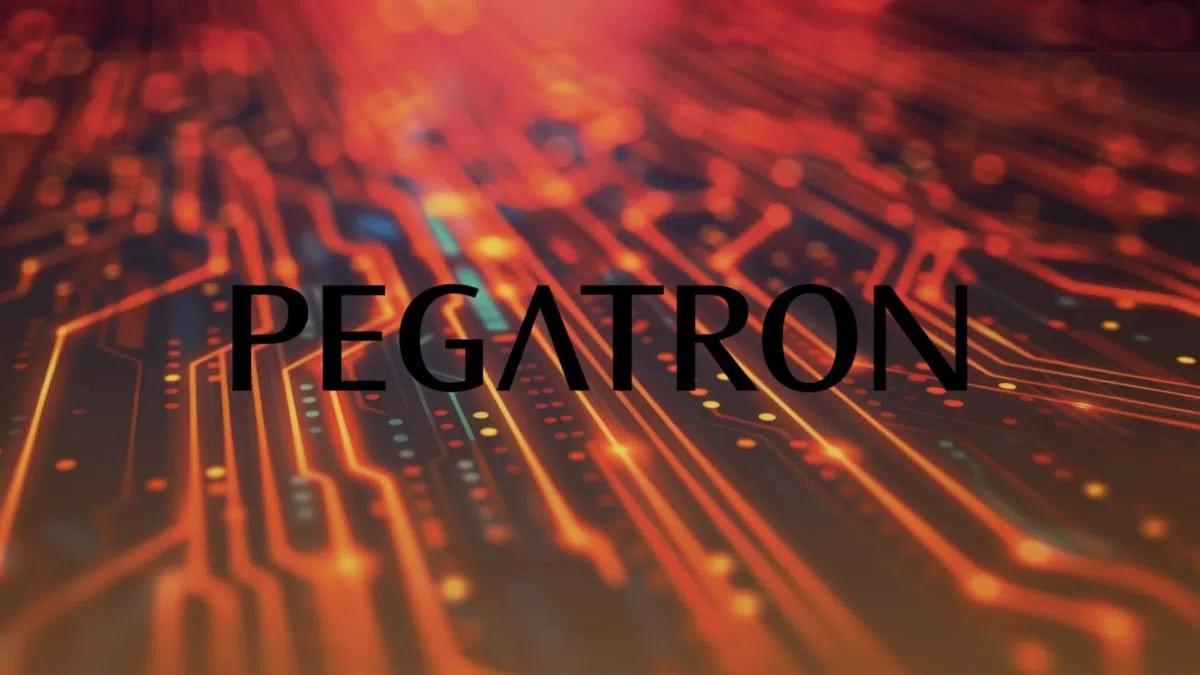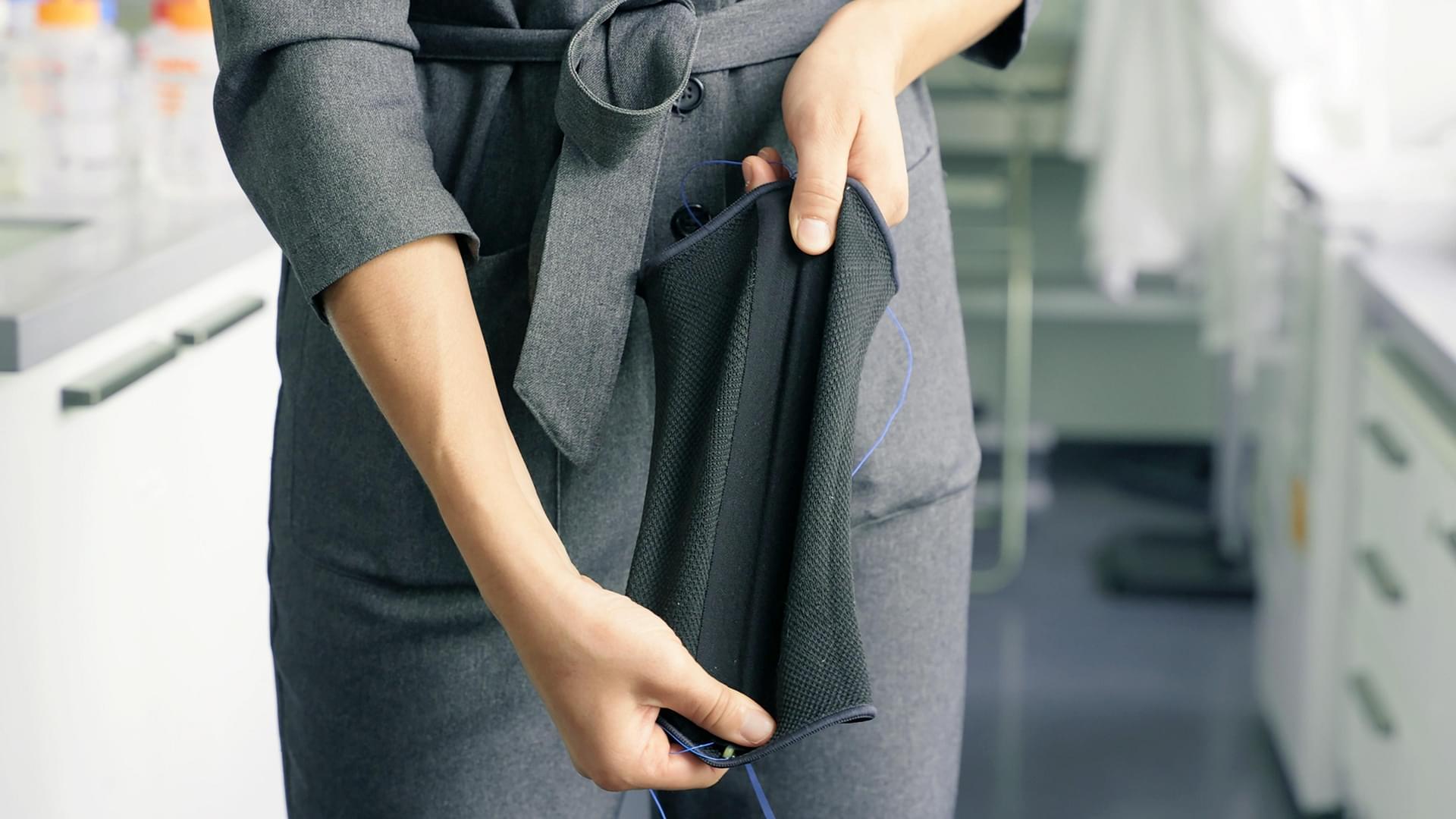Microsoft exposes “SesameOp,” a stealth backdoor abusing OpenAI’s API for secret cyber command control.



PEGATRON’s arrival marks a turning point not only for Georgetown, but for the broader Central Texas innovation corridor. The Taiwan-based technology giant, known for designing and manufacturing everything from laptops to automotive electronics, already plays a quiet but massive role in powering many of the world’s best-known tech brands.
According to PEGATRON Corporation, their focus on smart manufacturing and artificial intelligence solutions has made them one of the world’s top players in electronics and computing systems.
When Hello Georgetown first reported PEGATRON’s interest in a U.S. facility earlier this year, the discussion centered on shifting global supply chains and the growing desire to bring advanced production closer to U.S. customers. That conversation has now become reality.

Simulating consumer decision-making is vital for designing and evaluating marketing strategies before costly real-world deployment. However, post-event analyses and rule-based agent-based models (ABMs) struggle to capture the complexity of human behavior and social interaction. We introduce an LLM-powered multi-agent simulation framework that models consumer decisions and social dynamics. Building on recent advances in large language model simulation in a sandbox environment, our framework enables generative agents to interact, express internal reasoning, form habits, and make purchasing decisions without predefined rules. In a price-discount marketing scenario, the system delivers actionable strategy-testing outcomes and reveals emergent social patterns beyond the reach of conventional methods.

Researchers have developed an AI-powered ‘scientific assistant’ designed to accelerate the scientific process by helping them identify new research questions, analyze and interpret data, and produce scientific documents.
The tool, called Denario, uses large language models to help scientists with tasks from developing new hypotheses to compiling manuscripts. The team hopes Denario will make research faster, more dynamic and more interdisciplinary.
AI can already help with parts of the scientific process: tools like ChatGPT can visualize data or write abstracts, for example. But these tools are typically limited to one step at a time.
You may not remember it, but odds are you took a few tumbles during your toddler era. You weren’t alone. Falling, after all, is a natural consequence of learning to crawl, walk, climb and jump. Our balance, coordination and motor skills are developing throughout early childhood.
But it also doesn’t take long for these abilities—also known as physical intelligence—to become second nature for most, including deceptively complex actions such as walking, grasping objects and navigating our way across a room without having to think about it.
“As humans, we often take our physical intelligence for granted because it becomes so automatic when we’re still young,” said Bowen Weng, roboticist and assistant professor of computer science at Iowa State University.

Artificial intelligence (AI) is a foundational technology that could reshape our world, driving new scientific discoveries and helping us tackle humanity’s greatest challenges. Now, we’re asking where we can go to unlock its fullest potential.
The Sun is the ultimate energy source in our solar system, emitting more power than 100 trillion times humanity’s total electricity production. In the right orbit, a solar panel can be up to 8 times more productive than on earth, and produce power nearly continuously, reducing the need for batteries. In the future, space may be the best place to scale AI compute. Working backwards from there, our new research moonshot, Project Suncatcher, envisions compact constellations of solar-powered satellites, carrying Google TPUs and connected by free-space optical links. This approach would have tremendous potential for scale, and also minimizes impact on terrestrial resources.
We’re excited about this growing area of exploration, and our early research, shared today in “Towards a future space-based, highly scalable AI infrastructure system design,” a preprint paper, which describes our progress toward tackling the foundational challenges of this ambitious endeavor — including high-bandwidth communication between satellites, orbital dynamics, and radiation effects on computing. By focusing on a modular design of smaller, interconnected satellites, we are laying the groundwork for a highly scalable, future space-based AI infrastructure.



